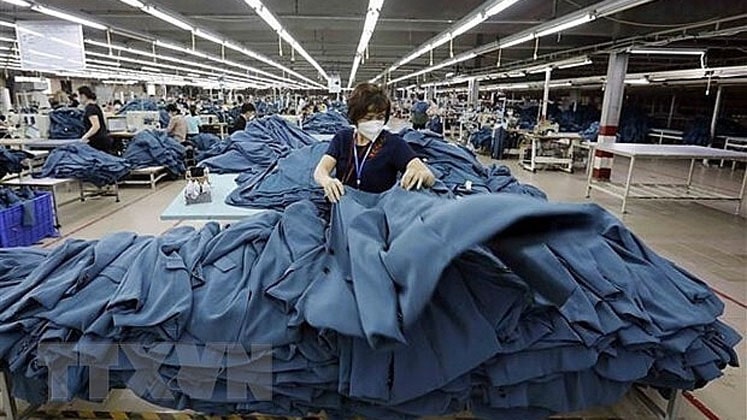
Vietnam experienced a significant decline in apparel export earnings according to the most recent statistics from the General Statistics Office.
In the first five months of the year, earnings dropped by 17.8 percent, amounting to US $ 12.3 billion. This decrease can be attributed to the slowing global demand in the apparel industry.
In 2022, textiles and garments emerged as Vietnam’s second-largest export earner, following smartphones and electronics.
The sector contributed significantly to the country’s economy, generating a total of 44 billion dollars. This achievement played a crucial role in driving Vietnam’s economy to achieve its fastest annual growth rate since 1997.
The clothing industry in Europe and other major markets has faced a challenging year with reduced consumer spending, affecting Vietnamese textile and garment exporters, as the global textile market is expected to shrink by 8 per cent.
Vinatex’s CEO, Cao Huu Hieu, stated that the decrease in orders, coupled with the necessity to cut prices for finished products while maintaining quality, has adversely impacted their profit margins.
According to Vinatex’s CEO, “the devaluation of the dong currency has resulted in higher costs for importing raw materials. This has created challenges for garment exporters in fulfilling their orders, especially considering that these orders are usually scheduled months in advance.”
Furthermore, Vietnam has lost its competitive edge in terms of low labor costs, as the average monthly wage for garment workers now stands at approximately US $ 300, exceeding the global average of US $ 200, as reported by Trading Economics.






